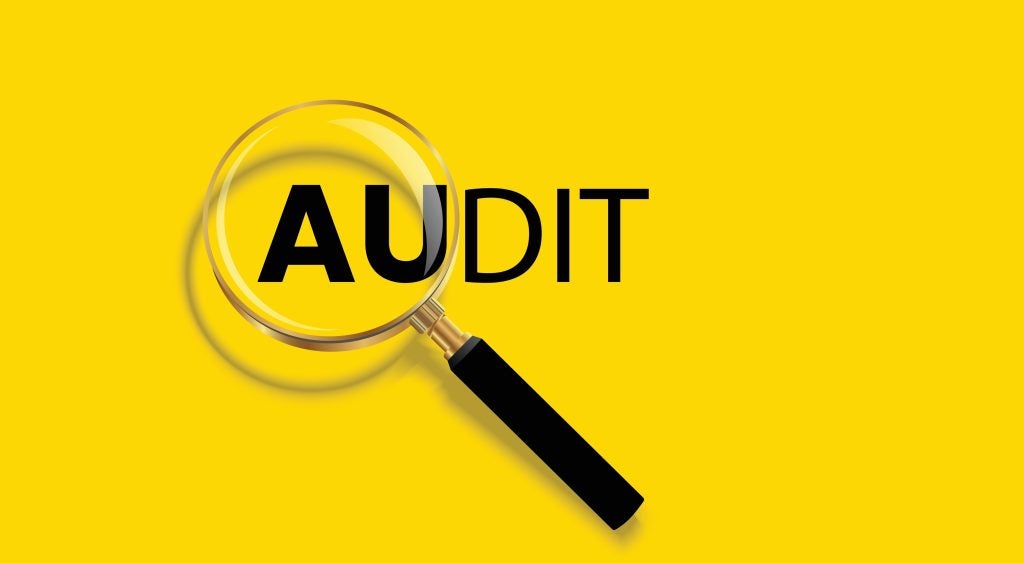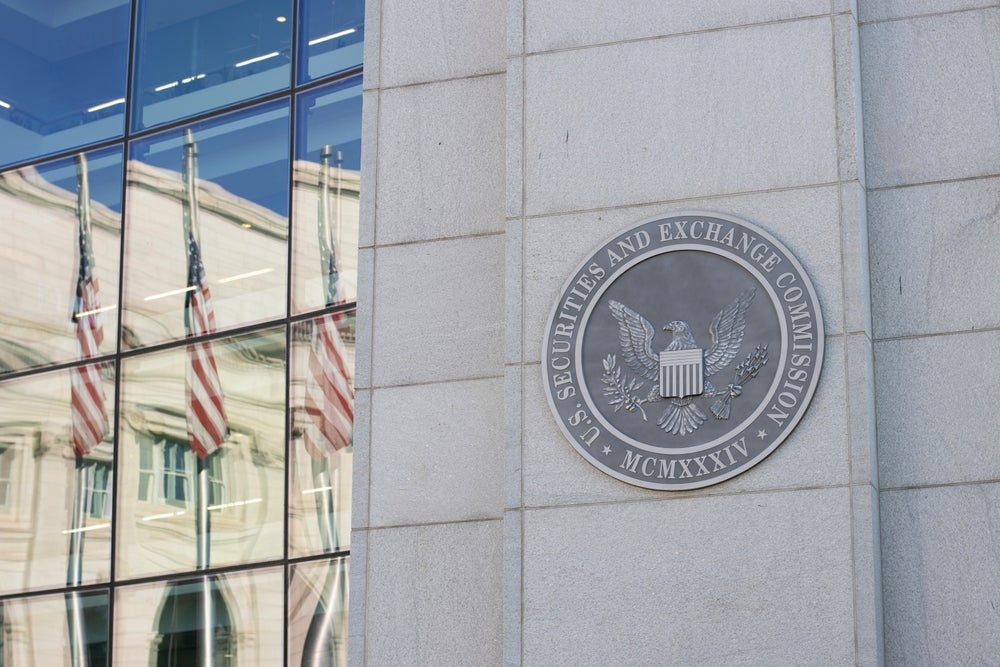priorities
Risk assessment will be one of the key standard setting
priorities for the US Public Company Accounting Oversight Board
(PCAOB) over the next year.
The PCAOB’s chief auditor, Thomas Ray, presented the US
watchdog’s nine main priorities to its Standing Advisory Group
(SAG) last month. SAG advises the board on the establishment of
auditing and related professional practice standards. The group is
made up of 31 highly qualified advisers representing the auditing
profession, public companies, investors and other individuals with
a public interest in the financial reporting environment.
There are a number of auditing standards that are encompassed
within the risk assessment project, Ray told TA. “There is
one dealing with audit risk which involves the auditor performing
procedures to assess the risk of misstatement for the various areas
of the financial statements. Then there are performing procedures
to respond to those assessed risks, how the auditor applies
materiality in the context of a financial statement audit and then
standards related to audit evidence,” he said, adding that the
project has received a high priority because feedback from the SAG
suggested that auditors are not doing the greatest job in risk
assessment and responding to those risks.
“The auditor has specific responsibilities to assess the risk that
management may be fraudulently manipulating the financial
statements and we’ve seen evidence on our inspections that auditors
may not be applying that standard as well as they should be,” Ray
said.
The chief auditor suggested that if the PCAOB is able to integrate
the fraud responsibility more fully into the overall auditors risk
assessment responsibility it may be able to improve performance in
that area. Ray expects the PCAOB to develop proposals on risk
assessment during the next year.
Internal control will remain on the PCAOB’s radar, although not as
a specific standards-setting priority.
How well do you really know your competitors?
Access the most comprehensive Company Profiles on the market, powered by GlobalData. Save hours of research. Gain competitive edge.

Thank you!
Your download email will arrive shortly
Not ready to buy yet? Download a free sample
We are confident about the unique quality of our Company Profiles. However, we want you to make the most beneficial decision for your business, so we offer a free sample that you can download by submitting the below form
By GlobalDataEngagement quality review and fair value were two other important
standard-setting priorities. “The Sarbanes-Oxley Act requires that
we adopt into our standards and auditing standard what it calls a
second or a concurring partner review. We refer to it as engagement
quality review because we think it is more descriptive of what we
do and it is also similar to what the International Auditing and
Assurance Standards Board calls it,” Ray told TA. He
anticipates a proposal on engagement quality review will be made
within the next few months, possibly before the end of the
year.
The recent subprime lending controversy and global market
illiquidity has continued to focus the PCAOB’s monitoring of fair
value measurements and disclosures. Ray added: “We certainly will
be spending efforts to evaluate whether additional guidance is
needed [for fair value measurements] or whether we do need to hurry
up and do something in the standards setting area to address
potential auditing issues.”
He acknowledged that fair value is a difficult area for auditors.
“Auditors tend to not have a tremendous amount of experience in
dealing with auditing fair values particularly of a lot of the more
complex financial instruments,” Ray said.






